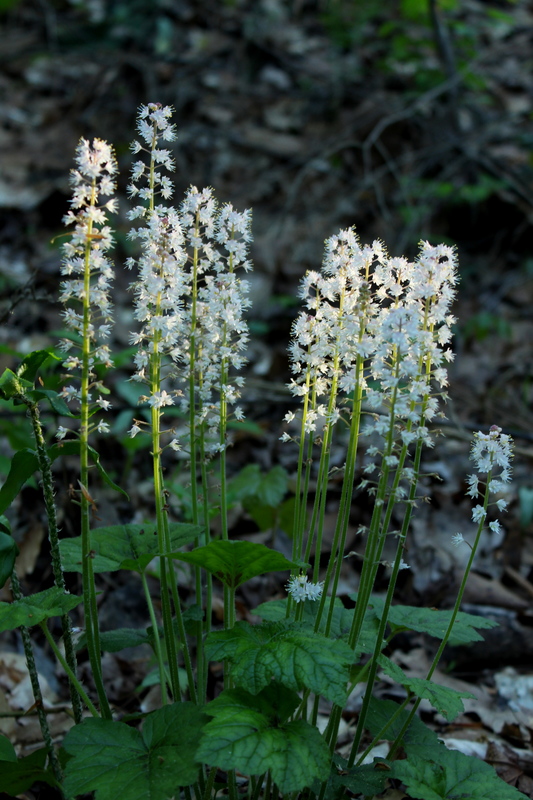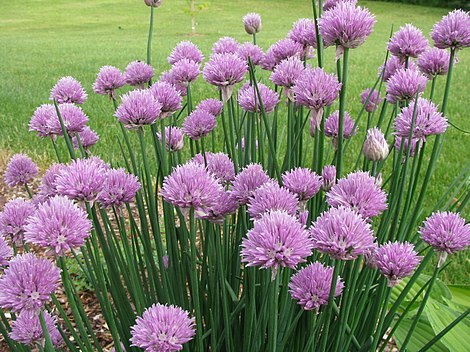Description
Bleeding heart (Dicentra spectabilis) is a plant native to Asia, specifically in Japan, Korea, and China. It is a herbaceous perennial plant with delicate, fern-like foliage and arching stems that bear heart-shaped flowers in shades of pink and white. The flowers are typically nodding and have two outer petals that curve downwards and two inner petals that form a central “spur” or “point”. The leaves are divided into many narrow, elongated leaflets.
Bleeding heart grows to a height of about 1-2 feet and spreads to a width of about 1-2 feet as well. It is a slow-growing plant, but it can spread rapidly by forming underground rhizomes. It is often mistaken for other plants in the Dicentra genus, such as Dutchman’s breeches (Dicentra cucullaria) and fringed bleeding heart (Dicentra eximia), which have similar heart-shaped flowers.
Bleeding heart prefers partial to full shade and moist, well-draining soil. It does not tolerate drought well and should be watered regularly during dry spells. It is winter hardy in USDA hardiness zones 3-9, but the foliage will die back in the winter and the plant will go dormant. In the spring, new growth will emerge from the roots.
The edible parts of bleeding heart are the young leaves and shoots, which can be cooked and eaten like spinach. The plant has a delicate, slightly bitter flavor and is rich in vitamins and minerals. The leaves and shoots can be stored in the refrigerator for a few days after harvest, or they can be blanched and frozen for longer storage.
Bleeding heart has a number of uses in the garden. It is a popular ornamental plant, prized for its attractive flowers and delicate foliage. It is also a good ground cover plant and can be used in shade gardens, woodland gardens, and naturalized areas. It is not particularly useful for wildlife, although the flowers may be visited by hummingbirds and other nectar-seeking insects.
In traditional medicine, bleeding heart has been used as a tonic and diuretic. It is also said to have mild sedative properties and has been used to treat anxiety and insomnia. However, the plant contains toxic alkaloids and should not be ingested in large quantities.


